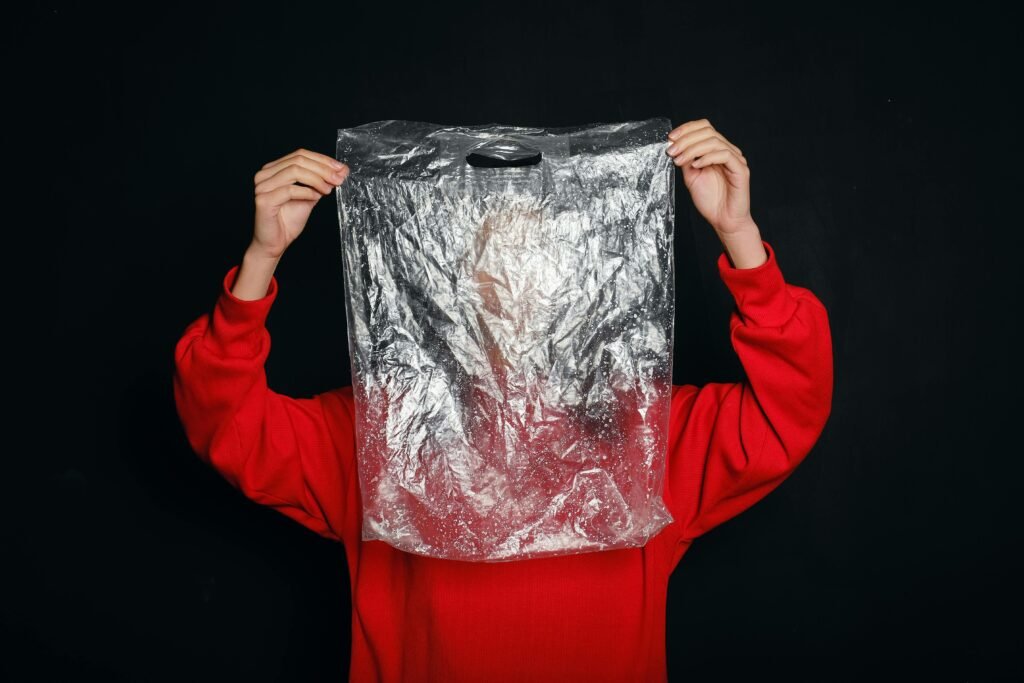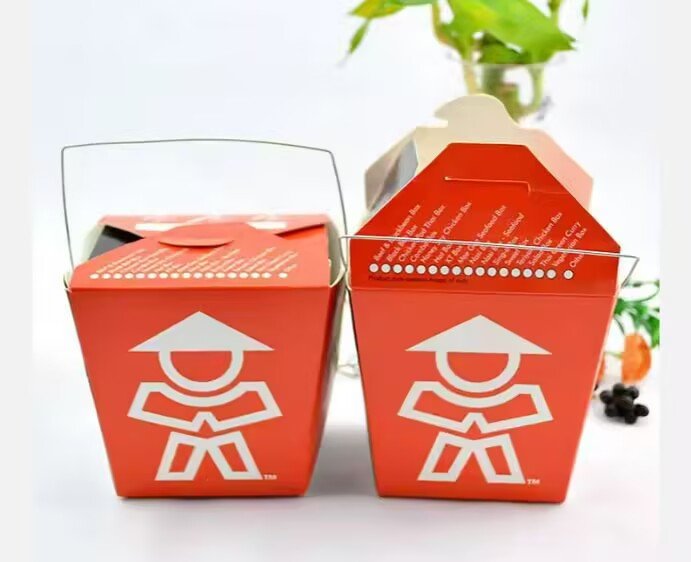The Difference to Understanding Paper Cups vs Plastic Cups
Ganyuan
2025 年 1 月 7 日

Whether you are a restaurant owner or a housewife, this article will enable you to clearly understand the difference between paper cups and plastic cups, which will help you make a choice when you make your next purchase.
Cost
The production process of paper cups is relatively complicated, and there are many cost-incurring links in the process. Plastic cups (such as polypropylene, polystyrene, etc.) are usually cheaper than paper, and the production process is simple and efficient, which can effectively control costs.
Materials
The raw materials of paper cups are mostly derived from trees, bamboo, and plant fibers. The raw materials are renewable and harmless to the environment, but many paper cups are still coated with plastic materials, which are not completely environmentally friendly. Plastic cups are made of polyethylene, polypropylene, polyvinyl chloride, etc. Different materials are selected according to different usage requirements.
Sustainability
Paper cups: Traditional paper cups are difficult to completely recycle because of the plastic coating on the inner lining. However, with the improvement of materials, more and more degradable coatings are now used in the actual market, making it possible to completely recycle or compost paper cups. Under suitable temperature conditions, paper cups can be completely composted in 28-30 days.
Plastic cups: Plastic is a material that is difficult to recycle. Even if it is recycled, it requires specific technical investment, and non-recyclable ones are buried in landfills, resulting in a large carbon footprint.
Environmental friendliness
Paper cups are mostly made from sustainably sourced wood pulp, and while paper is compostable, the plastic coating is difficult to recycle and can end up in landfills if not handled properly. Plastic cups can take hundreds of years to decompose, and in the short term they can also cause landfills, harm groundwater and animals, and cause great damage to the environment.

Other considerations
Transportation
Plastic cups are easier to transport, while paper cups require sturdy outer boxes, otherwise they are easily damaged. In extreme weather, such as heavy rain, damaged cartons will cause the paper cups inside to become soaked and scrapped and unusable.
Graphic Printing
The printing process is a very important and tedious link in the production process of paper cups. It requires high technical skills from workers, so the scrap rate is also high. Although plastic cups also have printing requirements, the overall requirements are lower than those of paper cups, and they are one-piece molded, with simple processes and low losses.
Processing
Anyone who has learned about the production process of paper cups knows that the production process of paper cups is relatively complicated. The early stage of paper cutting, the middle stage of printing, and the later stage of molding require the supervision of workers. Without exception, each process has a certain loss. Even if one step is cut wrong, tons of raw materials will be wasted. Plastic cups are produced by molds, molded in one step, with simple process and controllable loss.
Conclusion
Plastic cups and paper cups each have their pros and cons, but the global “plastic ban” is a major trend. The application of paper cups will become more and more extensive, and the demand for new materials will also increase.


